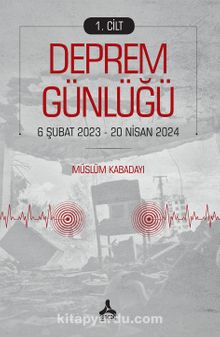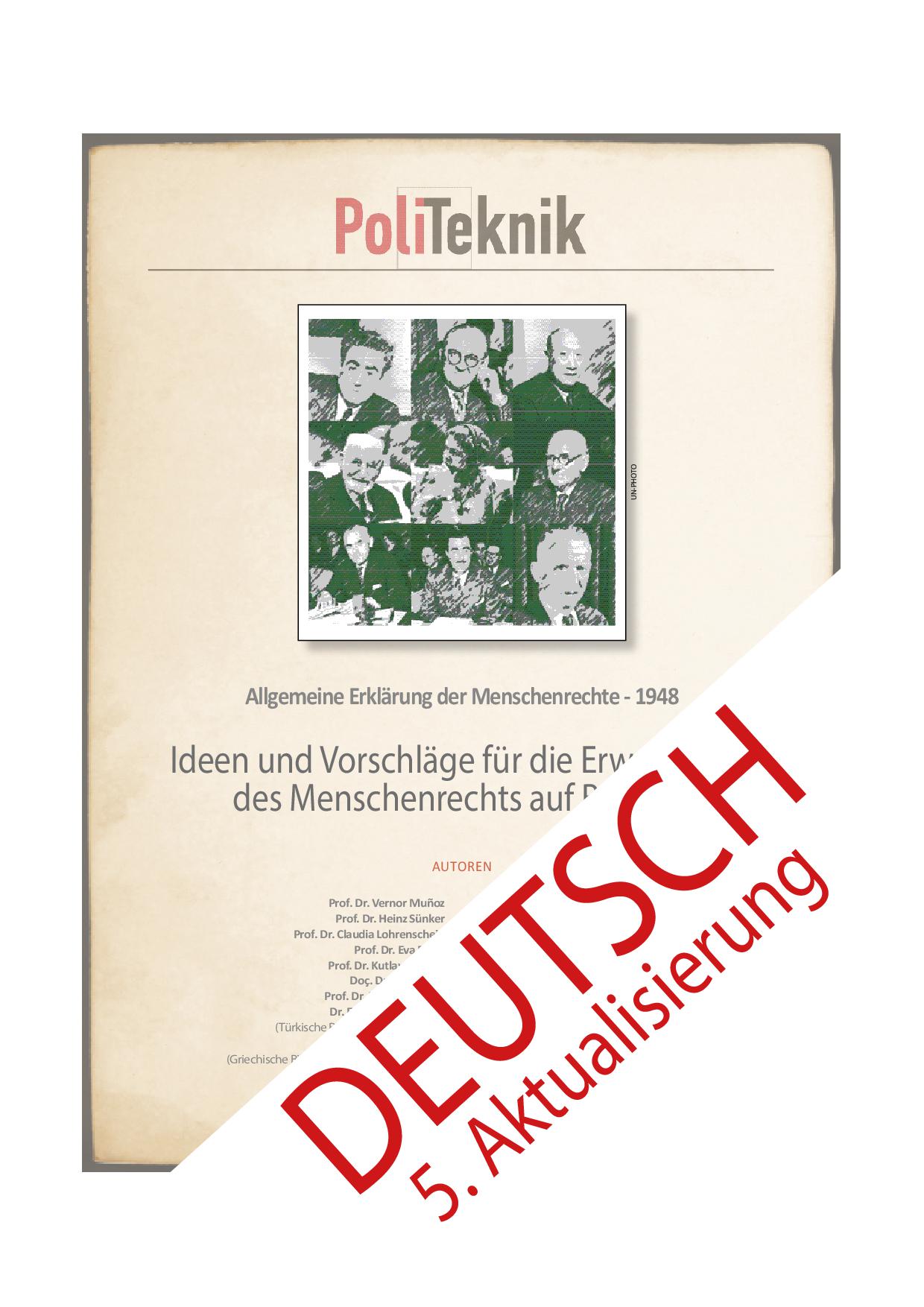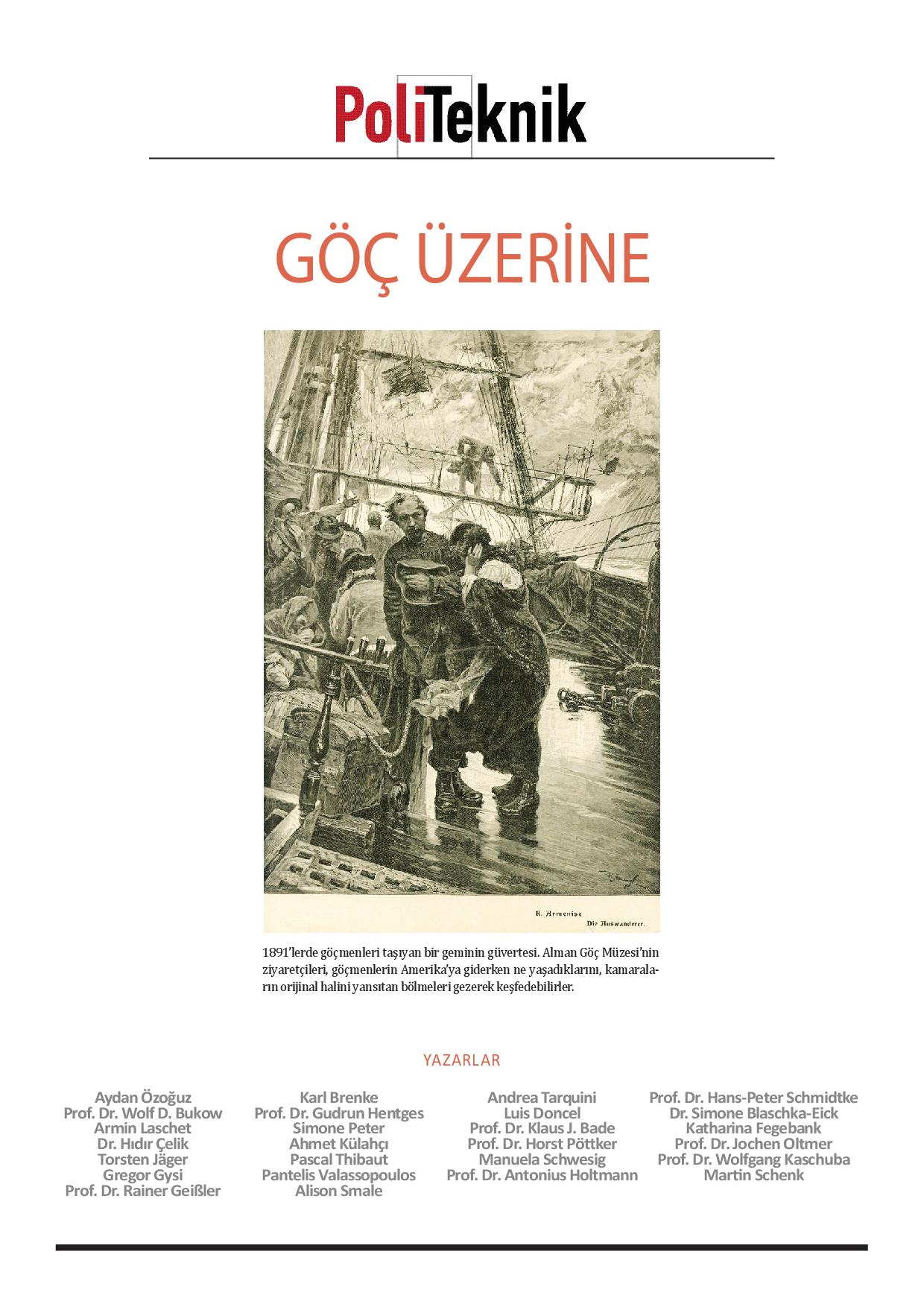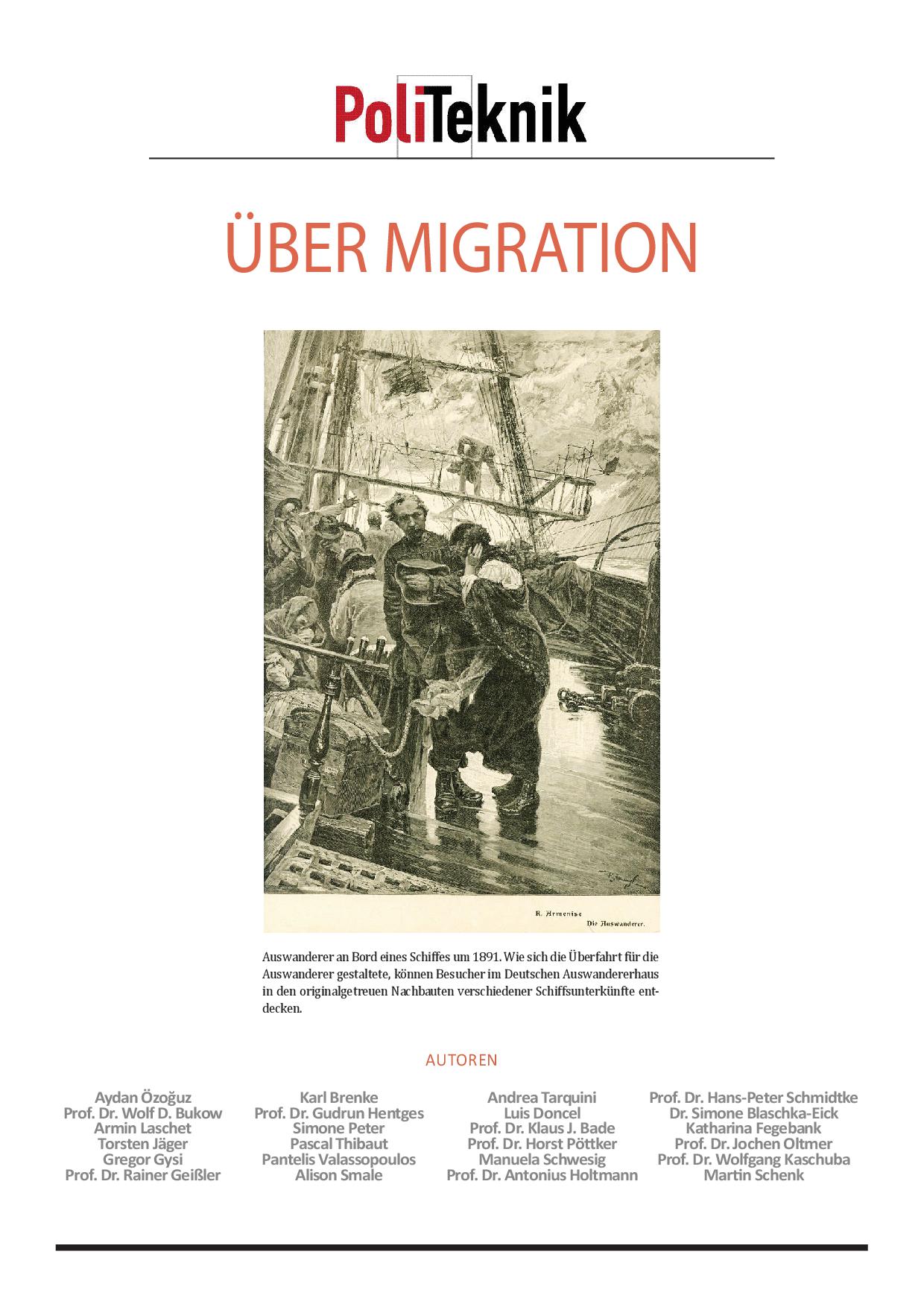American Independence (1)
American Independence (2)
The Declaration of Independence points to the king, not to the parliament as the culprit of the recent events. Although it consists there is the list of various acts that caused the common sour feeling against the British Empire, the main addressee is the King. The legislative body, the British Parliament is not mentioned in the declaration. And the reasons for the revolution, or better, the charges which led to the revolution are all addressed personally to the King of Great Britain, George III and hence, starts with the pronoun “he”. The charges consisted of following acquisitions: keeping British troops in the colonies in peace times, providing them shelter in private houses and with a special reference to the Boston Massacre, protecting the British troops from any fair judgment due to what their violent behavior towards the colonials. Moreover, he is accused of damaging the colonial trade, burning towns, destroying the coasts, and sending large, violent foreign forces, such as the German troops from Hesse-Cassel. He was also found guilty from provoking anarchy and disruption in the colonial soil by supporting internal insurgencies. These include giving arms to slaves and Native Americans. This last group was quoted as “merciless Indian savages, whose known rule of warfare is an undistinguished destruction of all ages, sexes & conditions”. As this verbatim quotation shows, in 1776, the new country which justifies its own independence through the tyrannical and oppressive treatment of the British Empire, does not see the irony of treating the native people, the real owners of the continent as savages, not to mention African slaves. The rhetoric of the Declaration even though it is based on equality of representation and rights, it is only equal for white men.
Interestingly, one glimmer of hope in the Declaration in terms of human rights was cut off from the final version. Thomas Jefferson included in his draft the “cruel war of human nature itself” which is the slave trade. He argued the king had no right to take away people’s liberty “who never offended him”. Robert J. Allison points out that this part on the slave trade was the longest section in the charges against George III (Allison 2011: 33). He made the colonials buy slaves and on top of that, he had the audacity to arm these people against the Americans whom he himself forced them to buy slaves in the first place. However, the congress decided to strike out this whole passage. The Declaration ended with the passage of the ultimate dissolution between the Great Britain and the American colonies. In July 4, 1776 congress accepted the Declaration and 500 of its copies were immediately published which are titled “A Declaration by the Representatives of the United States of America”. And by this, the name of the new country was printed for the first time. After the declaration, people in the colonies started to tear down the symbols of the British Empire that showed signs of loyalty. The George III statue in New York were cut to pieces by women and later was melted to make bullets out of. The new country needed those bullets quite urgently.
In the meantime, Britain sent 30.000 British troops which is the “largest European force ever deployed outside Europe” (ibid. 35). General Washington was aware that his and his army’s chances were slim against the well-armed and well-trained British army under the command of General William and his brother Admiral Sir Richard Howe. After the disastrous Battle of Long Island, Washington and his men were immobilized and could not move outside of Brooklyn. Luckily for Washington and the Americans, the weather was on their side. A thick fog kept them out of Howe’s reach and Washington and his men managed to escape from Brooklyn and were safely in Manhattan. In the end, the British army were to hold New York City for 7 years while General Washington and his five thousand troops were in the high ground in northern area of Manhattan.
The war was going on and tides were turning in favor of the British, in December 16, just 5 months after the Declaration, German Hessian troops took Fort Washington, modern day northern Manhattan. The situation did not look good for the Americans. Not more than 5 months later of the Declaration of Independence, their army was getting crushed under the forces of the British Empire. Howe decided that his men needed a well-deserved rest over the Winter and put his troops in New York. Americans were in dire need of hope. Thomas Paine, the author of the Common Sense was trying hard to keep people’s hope up “These are trying times that try men’s souls” Paine wrote, acknowledging the gravity of the situation. As an Englishman, Paine talked with the Americans, the locals, his common sense belonged to the common men. He gave examples from history which ended with the defeat of the British. Paine published his inspirational essays in total 13 pamphlets which he titled The American Crisis.
Americans were in a deep crisis indeed. General Washington knew his chances to turn the tide was getting slimmer. He had to acts fast and thus, he and his 2400 men crossed Delaware River in amidst a snowstorm in a Christmas night. With the sun rise, they attacked the German troops and captured around 1000 of them. This event helped to awaken the people of New Jersey, Hessians and some of the British troops were treating the locals quite poorly. They were violent. They sexually harassed women and steal private properties. Washington and his men returned the stuff which the soldiers took back to their owners. After his victory against the German troops, Washington decided to let them go which resulted in staying of more than half of the German troops in the new world. Benjamin Franklin knew that the cheap and abundant American land promised financial independence to many Germans. Franklin, the visionary he is, offered free land to the people who left the army and stopped fighting against United States. He made the offer printed in German on the tobacco bags which were sold in New York.
On November 20, 1783, General Washington crossed the Harlem River and was in Manhattan finally after 7 years. The British Army, still looking brilliant with their polished rifles and scarlet uniforms left the American continent from Staten Island. A habitant of New York described the stark contrast between the two armies, Americans looking worn out, ragged and tired were the exact opposite of the British Army. The War was won; yet, the struggle was far from over. Indeed, the new country was quite different than Europe. The landscape was huge compared to Europe, it was much more different, the literacy rate amongst its people was high and there was the institution of slavery. United States with all its differences and the promise of religious freedom and diversity would face many challenges from the beginning of its establishment.



















